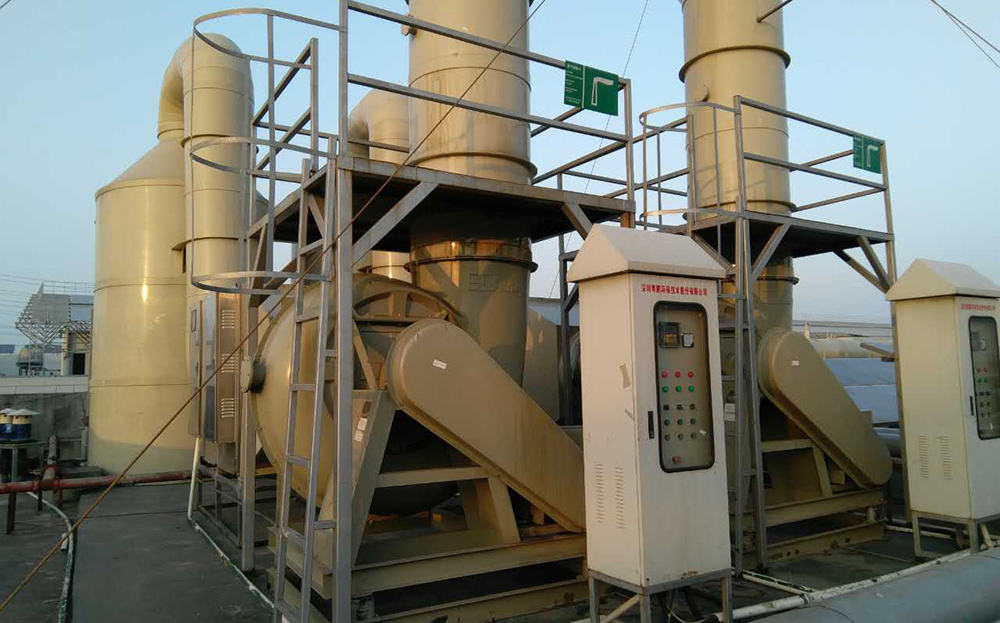
业务领域联系我们
深圳粤鹏环保技术股份有限公司 |
电商详情
当前位置:
首页>
电商详情
Denitrification treatment Flue gas denitration can be divided into selective non-catalytic reduction (SNCR) and selective catalytic reduction (SCR) according to the reaction conditions. Selective Non-Catalytic Reduction (SNCR) is a method of reducing NOx in the temperature range of 850 to 1100 不C without using a catalyst. Because this method is greatly affected by the size of the boiler structure, it is often used as a supplementary treatment for low-nitrogen combustion technology. The project has low construction cost, simple layout and small floor space, which is suitable for the transformation of the old factory. The new plant can be used according to the boiler design. Selective Catalytic Reduction (SCR) is the most mature flue gas denitration technology at present. It is a post-furnace denitration method. It uses a reducing agent (NH3, urea) to selectively react with NOX to produce N2 and H2O under metal catalyst operation. Instead of being oxidized by O2, it is called "selectivity"
Desulfurization Flue gas desulfurization According to whether the desulfurization process adds water and desulfurization products, the flue gas desulfurization is divided into three major types of desulfurization processes: wet, semi-dry and dry. The wet desulfurization technology is relatively mature, high in efficiency and simple in operation. The traditional limestone/lime-gypsum flue gas desulfurization process uses calcium-based desulfurizer to absorb calcium sulphate and calcium sulphate formed by sulfur dioxide. Due to its low solubility, it is easy to form scale and blockage in the desulfurization tower and in the pipeline. . The double-alkali flue gas desulfurization technology was developed to overcome the disadvantage of limestone-lime method for easy scaling.
VOCs processing The management of organic waste gas (VOCs) has been studied for a long time, and some effective control technologies have been developed, such as the widely used and researched thermal destruction method, condensation method, absorption method, etc., which have been formed in recent years. Control techniques include biofilm, corona, plasma decomposition, and the like. |


